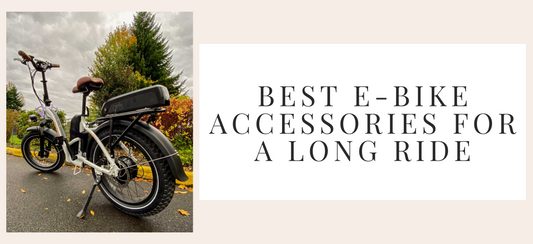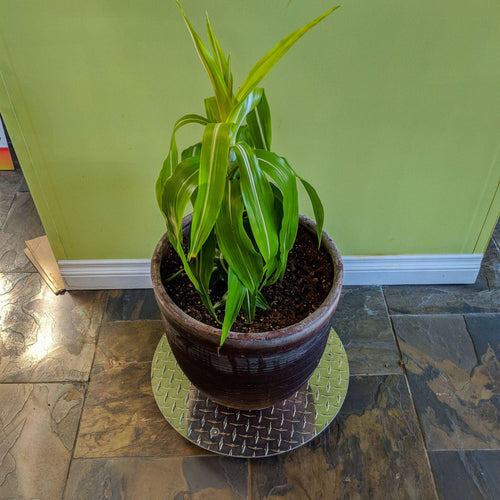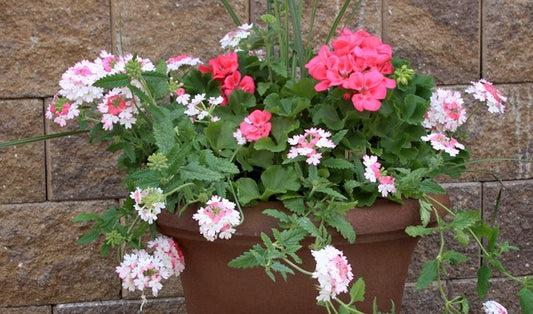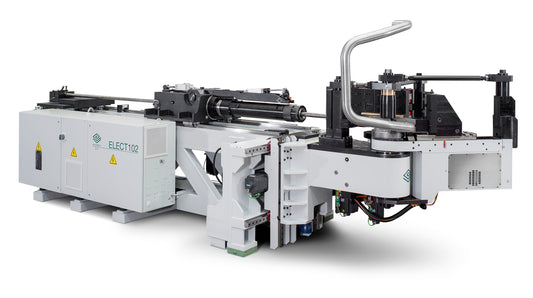Container gardening – the process of growing a garden in pots – is becoming increasingly popular amongst apartment dwellers, those that live in high-rise urban areas, and people that don’t want to dedicate a section of their yard to a garden.
Gardening in containers allows those with limited space to grow vegetables and reap the benefits of homegrown produce.
Tips for Using Gardening Containers
Growing veggies in containers is a lot similar to any other plants. With a few basic tips, it’s easy to get started and have a successful yield to enjoy at the end of the growing season.
1. Pick Varieties for Containers
The first step in your journey is to choose the vegetables you want to grow. The following vegetables are more suited to grow in containers than others and are good to start with:
- Tomatoes
- Bush beans
- Lettuces
- Greens
- Chard
- Peppers
- Radishes
- Peas
- Carrots
- Eggplant
- Garlic
If you are limited on space and don’t want plants to take over your patio or balcony, avoid plants such as pumpkins, cucumbers, and squash that grow long, trailing, vines.
2. Choose the Appropriate Sized Container
An important aspect in growing vegetables in containers is making sure the container used is the appropriate size for the given veggies. Choose containers that will work well with the plants you want to grow.
For instance, shallow-rooted veggies like radishes and different lettuce varieties can be grown in shallower, wider containers where vegetables such as potatoes and tomatoes will need deeper containers, allowing their roots to spread out through the soil.
3. Start with Quality Potting Soil
After choosing the types of vegetables you want to grow and getting gardening containers, it’s time to fill the pots with soil.
Quality potting soil is one of the most important items you need to successfully grow vegetables in gardening containers. Potting soils are preferred over topsoil because they are light and airy, keeping the weight of the containers down. They also provide nutrients to the plants’ roots and retain moisture for root uptake.
While many commercial brands of potting soil are available for purchase, there are plenty of instructions online to make your own potting soil.
4. Plant According to Days to Maturity
Plants will all grow and mature at different rates. If you’d like to time the harvest of your garden for approximately the same time, you may need to plant your plants at different intervals.
Also, planting dates are important to keep in mind to ensure they are harvestable before the weather turns cold in the fall (unless you bring the containers inside using plant caddies).
To figure out plants dates, you first need to determine the days to maturity – usually listed on the seed packet or plant tag – then work your way backward from the approximate time you’d like to harvest to determine when is the best time to plant.
5. Monitor Moisture Levels Closely
One of the drawbacks to growing veggies in gardening containers is that they need to be watered more often than plants grown directly in the ground. This is due to a couple of reasons.
First off, soil in containers dry out more quickly because the pots tend to heat up, creating a microclimate of sorts.
Secondly, the lesser amount of soil holds less moisture, and the plant can’t draw from the larger surrounding area like it can when growing in the ground.
6. Fertilize Lightly more Often
Just like you need to water containers more often, you will need to fertilize your vegetables in gardening containers more often than plants grown in the ground.
The smaller amount of soil has less holding capacity (i.e. nutrient storage) so the nutrients are depleted more quickly. Fertilize at a lesser amount but more often to give your plants the nutrients they need to grow vigorously.
7. Give Plants Plenty of Light
Garden vegetables need to be in a full sun location that receives 6-8 hours of unfiltered, direct sunlight daily. The ideal location is a spot that receives some shade during the hottest part of the afternoon, but plenty of sun the rest of the day.
When grouping containers together, be mindful of the height of mature plant so they don’t end up shading out shorter plants. If you have an area that gets too hot during parts of the day, think about putting larger containers on rolling plant caddies so you can easily move them to shaded spots for a break from the sun.
8. Remove Dead Plant Tissue
For one reason or another, the foliage or flowers on your plants may die during the growing season. If this happens, remove the deceased tissue using a pair of sharpened, disinfected gardening shears.
Removing dead plant tissue will encourage vigorous growth in the plant, since it’s won’t be trying to send nutrients to tissue that can’t be revived. As a bonus, this will also decrease the incidence of disease.
9. Treat Pests Quickly
Pests can take the shape of insects, diseases, or even weeds. All three will negatively impact your vegetables in one way or another; the most typical response is a reduction in yield. To keep these effects to a minimum, watch your plants closely. Pull weeds when they appear, treat diseases and fungal infections with the appropriate chemical measures, and eradicate insect pests using mechanical or chemical methods.
Conclusion
Container gardening allows people with limited space the ability to grow their own vegetables and enjoy fresh vegetables on their dinner plate. The tips listed above will help even the most novice grower turn empty containers into produce filled treasure troves.





